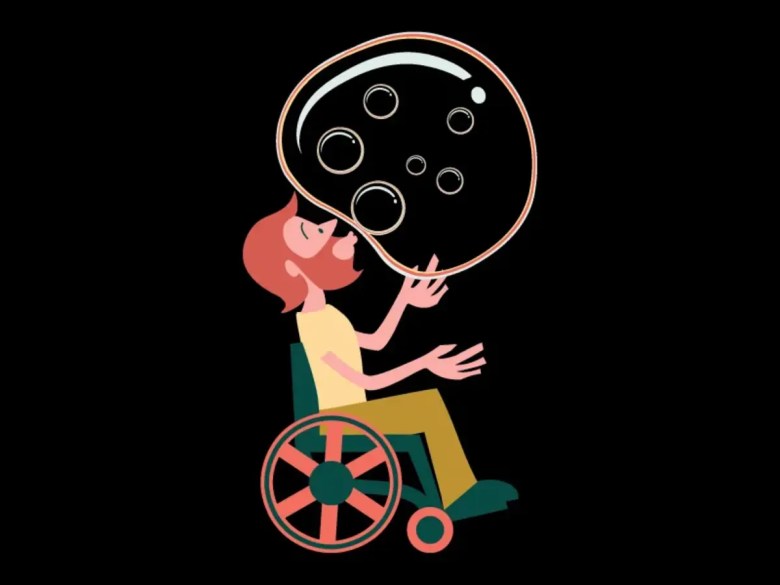Nuclear scientists and deaf educators will visually unpack the science behind our universe with a three-day youth camp at Lucas Heights
The camp is just one of many events for National Science Week and is being held on the site of Australia’s only nuclear reactor, OPAL.
Located at ANSTO’s Lucas Heights campus in Sydney, the camp for deaf and hard-of-hearing youth (aged 12 to 17) includes workshops, site tours, 3D printing and robotics demonstrations, bushwalking and outdoor games. The camp is organised by Australian Nuclear Science and Technology Organisation (ANSTO) in partnership with Deaf Youth Australia.
The OPAL reactor produces radiopharmaceuticals for nuclear medicine and neutron beams for research. It also supplies more than half the global demand for irradiated silicon used in electronics and green technologies.
National Science Week began in 1997 and has become one of Australia’s largest festivals. Last year about 3.4 million people participated in 1,983 registered events and activities.
In 2025, the school theme, Decoding the Universe – Exploring the unknown with nature’s hidden language, dovetails with the UNESCO-designated International Year of Quantum Science and Technology and Australia’s hosting of the 2025 International Mathematical Olympiad.
National Science Week, which is supported by the Australian Government, CSIRO, the Australian Science Teachers Association, and the ABC, is being held from August 9-17.
Special exhibition for diverse audiences
Also, as part of a series of inclusive education projects, legally blind artist Dr Erica Tandori from Monash University and musician Dr Stu Favilla from Swinburne University of Technology, have collaborated in a multisensory science exhibition that will tour Melbourne, Sydney, Brisbane. It explores hidden atomic structures and protein formations revealed through X-ray crystallography in a series of 10 multisensory science books.
‘A Different Light: Multisensory Science Books of X-Ray will be delivered through partnerships with Vision Australia (VIC), Next Sense (NSW), Braille House (QLD) and other key educational organisations.
The exhibition enables blind, low vision and diverse needs (BLVDN) audiences to connect with Australian science and scientists (past and present) – including Nobel Prize winners Henry and Lawrence Bragg, the Australian father-and-son duo who pioneered X-ray crystallography.
It also features interactive mock-ups of the Braggs’ X-ray crystallography machines from the early 20th Century; image and data sonification; science inspired electronic music; and tactile artworks and graphics that represent atomic structures, diffraction patters and protein formations.
For more information visit ScienceWeek.net.au/events

